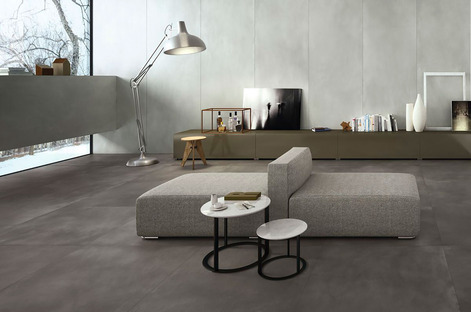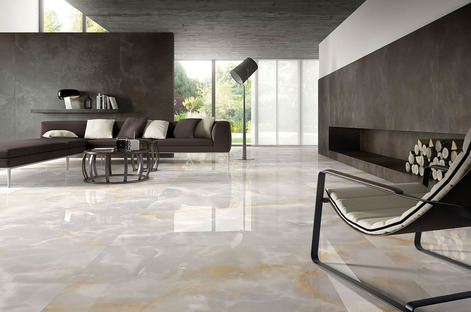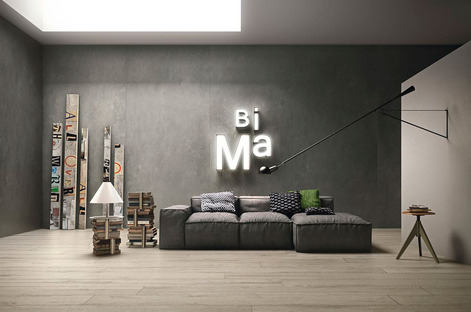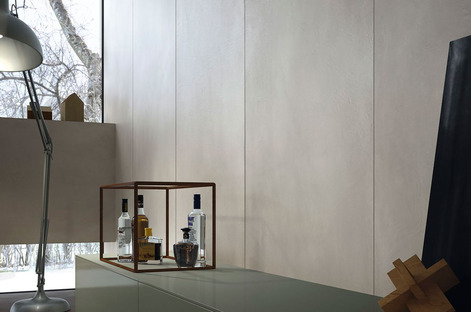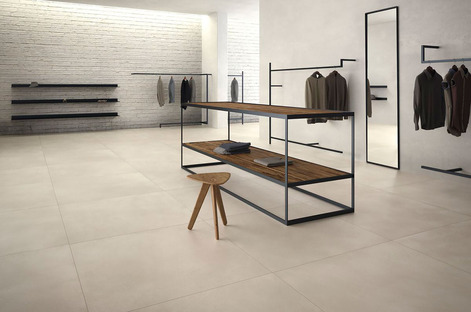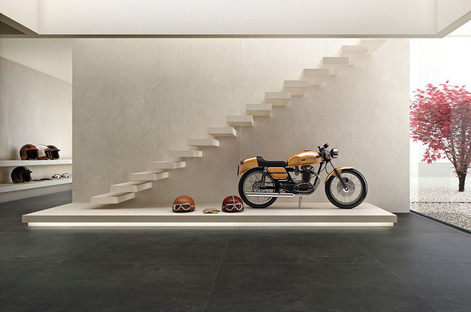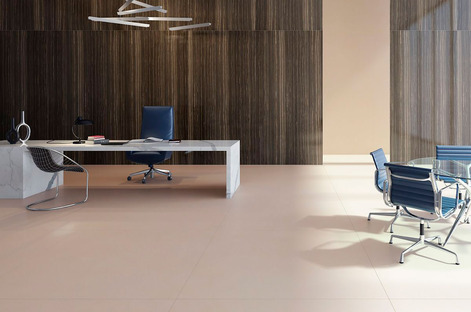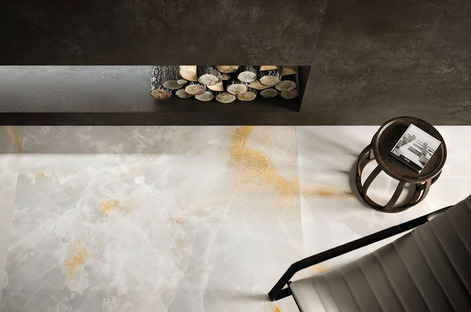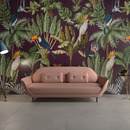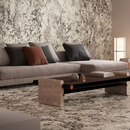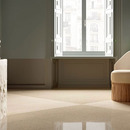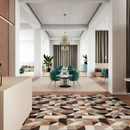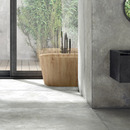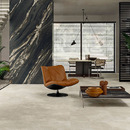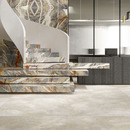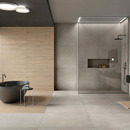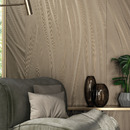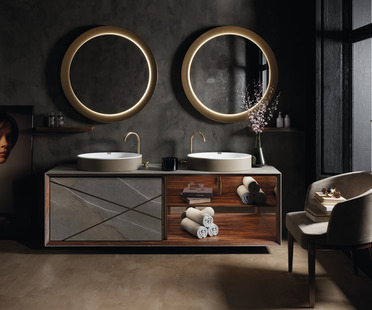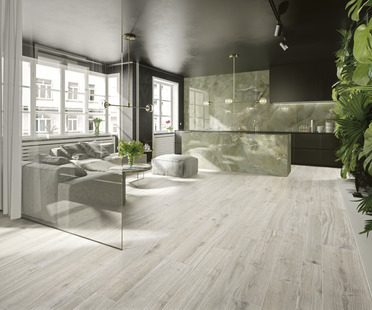02-07-2019
Ultra Ariostea resin and cement effects: the elegance and harmony of neutral colours
Design, stile minimal, stile nordico, Exterior Floor, stile industriale, stile metropolitano,
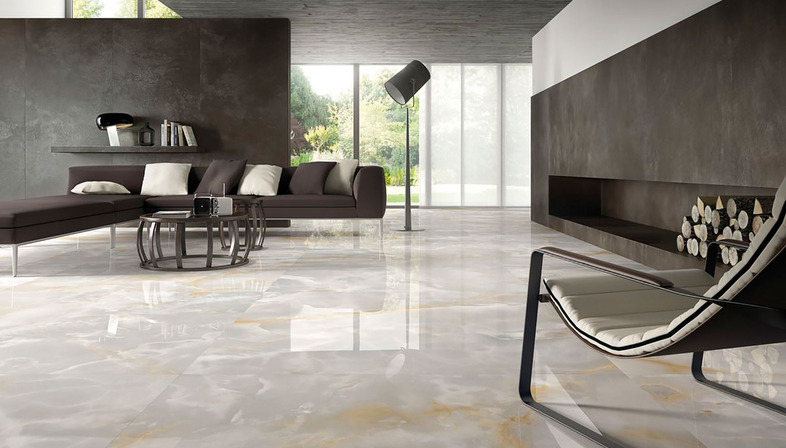
Floor and wall coverings reproducing the textures of resins and cements hold a special place among contemporary surfaces.
These two materials closely linked with construction represent one of the most interesting new developments in contemporary design and aesthetics: the effect of relief, as in a material applied by a putty knife, adds a wealth of detail to individual slabs, while the warm, rough sensation thus created offers a fascinating range of contrasts that may be used as desired to add to the decorative value of spaces.
Porcelain is now used to underline the aesthetic qualities of cements and resins, proposing a series of floor and wall coverings in which iridescence and reflections add character and expressiveness to space thanks to interaction with light.
Ultra Ariostea, a brand leader on the market for high-tech ceramics, dedicates its Ultra ICementi, Ultra Resine and Clays collections to creation of cement and resin effects.
Ultra Ariostea’s collections combine "high-quality technology with the unique beauty of nature and Italian creative genius with constant attention to the environment, proposing aesthetic stimuli and emotions able to improve the finest quarried materials".
Thanks to the Iris Ceramica Group’s know-how, Ariostea porcelain stands out for the compactness and uniformity of its structure, guaranteeing unrivalled resistance to abrasion, bending, chemicals and frost.
These aesthetic and technical qualities not only put Ariostea in the forefront of the ceramics industry but allows its products to be used in buildings of all kinds, on both floors and walls, indoors and outdoors.
The Ariostea brand was established in 1961 and has been a part of the Iris Ceramica Group for more than thirty years: "since the production of the famous hexagonal tiles featuring the profile of the great Ludovico Ariosto as their trademark, the company has turned toward technological innovation as a way of offering quality solutions", often preserving the historic memory of materials that had all but disappeared.
The brand, a world leader in the ceramics industry, is a pioneer in the study of advanced production systems, with a special focus on making high-tech full-body porcelain slabs out of selected natural materials from all over the world.
The textured surfaces of Ultra Resine, accentuated by large slab size, instantly convey a sensation of softness and feel pleasant to the touch.
It is above all the composition of the material, combined with Ultra technology, that goes beyond the two-dimensional nature of conventional ceramic surfaces: the delicate hues of the four colours (Calce, Silicio, Piombo, Ebano) in the Ultra Resine collection underline the uniformity of contemporary spaces, giving them a cosy velvety feel.
ICementi is one of the Ariostea brand’s most important collections. 300x150 cm slabs with deeply textured surfaces "restore sensations typical of eternal materials, giving surfaces a familiar taste and a fascinating air at the same time".
Bronze, Graphite, Iron, Ivory and Silver are the five shades, ranging from darker to lighter hues, in a colour palette based entirely on neutral hues.
Cement and resin effect floors and walls are appropriate for use with a number of different contemporary design and furnishing styles, from the ever-popular minimalist style and Scandinavian style to industrial and metropolitan looks.
Neutral hues are only apparently simple; their complex variety actually incorporates a great number of hues with subtle differences in structure and perception. Choice of the right neutral colour is very important, distinguishing in particular between different warm and cold variants for combination with brightly coloured furnishings or for underlining important details.
Marco Privato










